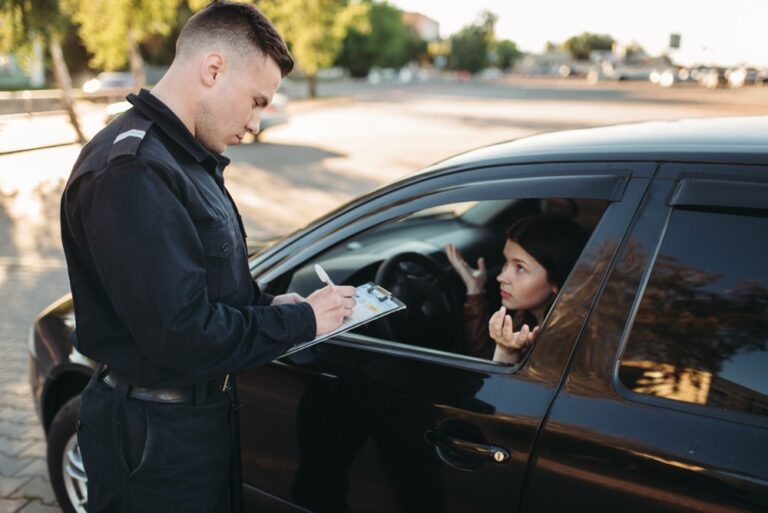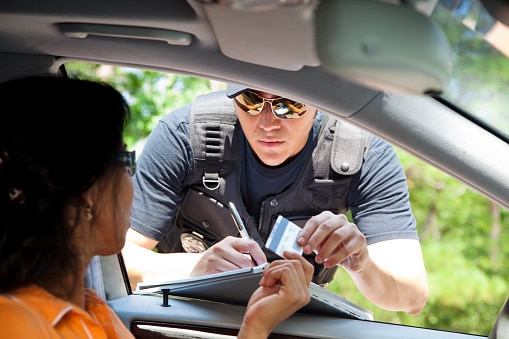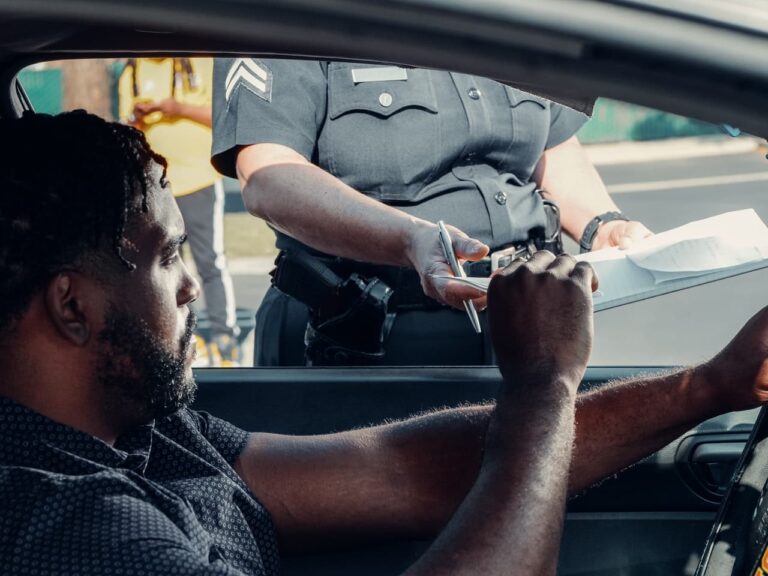
A momentous case of a US woman charged with speeding and driving with a monitor visible to the driver is up in court today in California. Why? The driver, Cecilia Abadie, was wearing Google Glass.
Google Glass is basically a smartphone for your eye. It wears like glasses with a small transparent screen in the corner of your eye and a camera attached to the frame. It offers wearers to take pictures and videos, look up directions, send messages, performs searches, and even translates voices. While it is not readily available to the masses, you can pay to be a test subject. The price: US$1,500. (Here’s a link for Google’s video)
Google Glass is seen as a step forward in this technological world, but may also be seen as a hindrance on the roads. It has already been banned in three states in the US, and this court battle will determine if a fourth state will ban the new tech.
So what is the debate about?
If she is found guilty of driving with a monitor visible to the driver, Google Glass could be seen as an entertainment device and be banned while driving. This is bad news for future technological endeavors.
If she is found not guilty, it could mean the green light for Google Glass drivers.
In Ontario, we have a similar law. Display screen visible to driver prohibited HTA s.78(1) states no person shall drive a motor vehicle on a highway if the display screen of a television, computer, or other device in the motor vehicle is visible to the driver. Exceptions to this section include emergency services, GPS, tracking systems, and your car’s computer.
The issue here is whether or not Google Glass constitutes as a visible monitor and what she was using it for. It is not comparable to holding a hand-held communication device, because she was not charged with that. Google Glass is technically hands-free. It brings up a lot of questions. What was she using it for? Was she using GPS? Was it turned on or activated? Did it obstruct her view?
More importantly does Google Glass fall under distracted driving? Can a reasonable person focus on both the Glass and the road?
Google states: “As you probably know, most states have passed laws limiting the use of mobile devices while driving any motor vehicle, and most states post those rules on their department of motor vehicles websites. Read up and follow the law! Above all, even when you’re following the law, don’t hurt yourself or others by failing to pay attention to the road. The same goes for bicycling: whether or not any laws limit your use of Glass, always be careful.”
This Glass App is still in beta, but its purpose is to keep you awake behind the wheel. It’s an app that may not get to be used.
In this New York Times opinion piece, Daniel J. Simmons and Christopher F. Chabris wrote, “The problem is that looking is not the same as seeing, and people make wrong assumptions about what will grab their attention…Perception requires both your eyes and your mind, and if your mind is engaged, you can fail to see something that would otherwise be utterly obvious.”
Ontario has yet to see a traffic ticket charge for this, but don’t be surprised to see it soon as this technology becomes more readily available.


